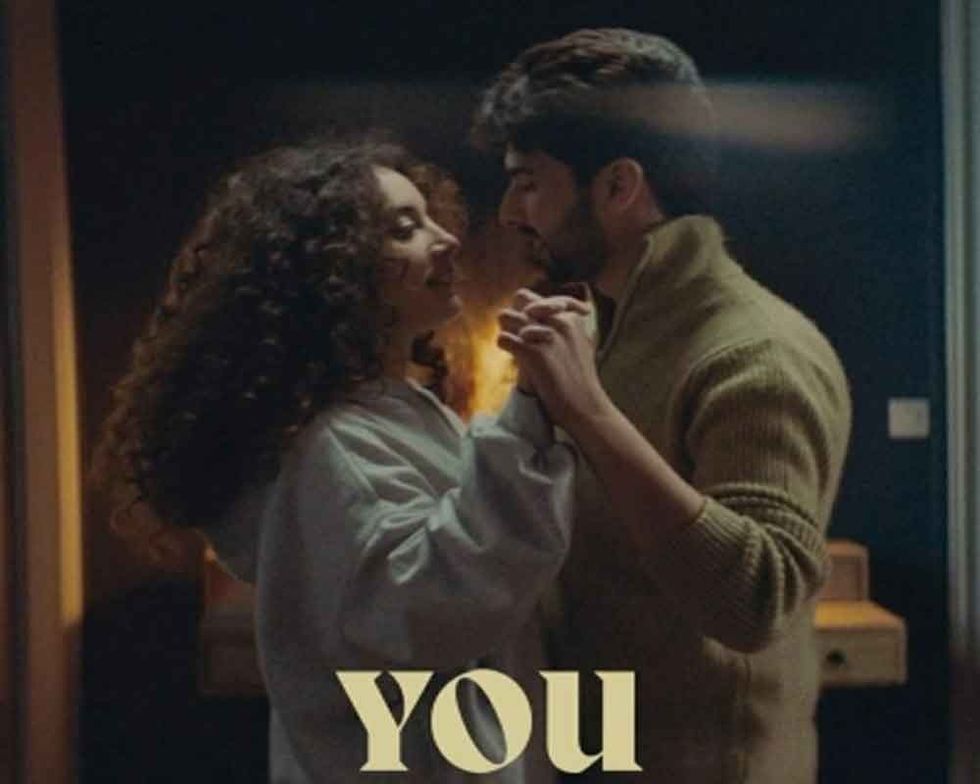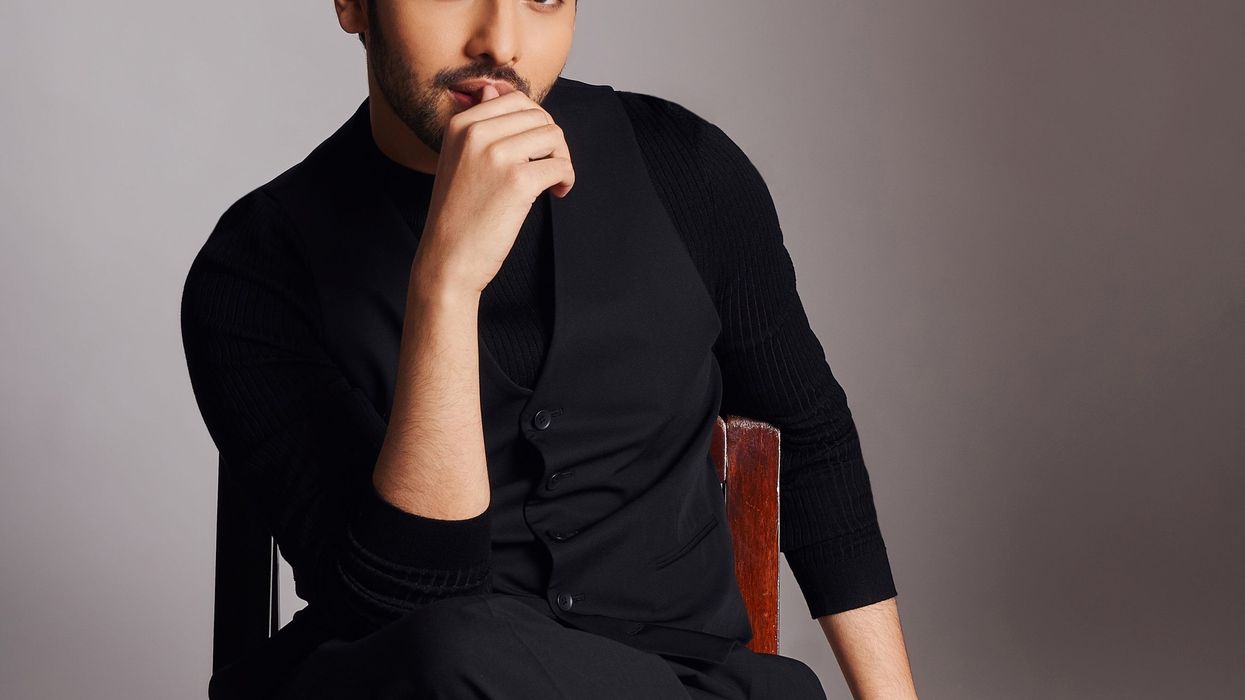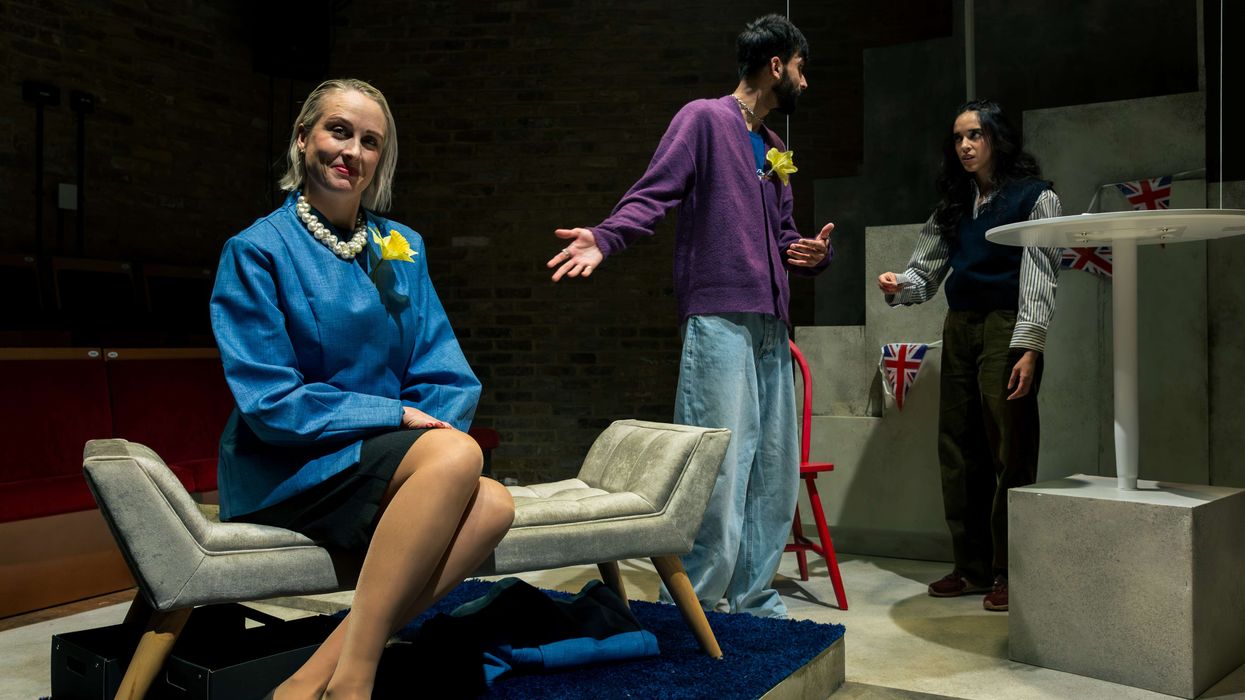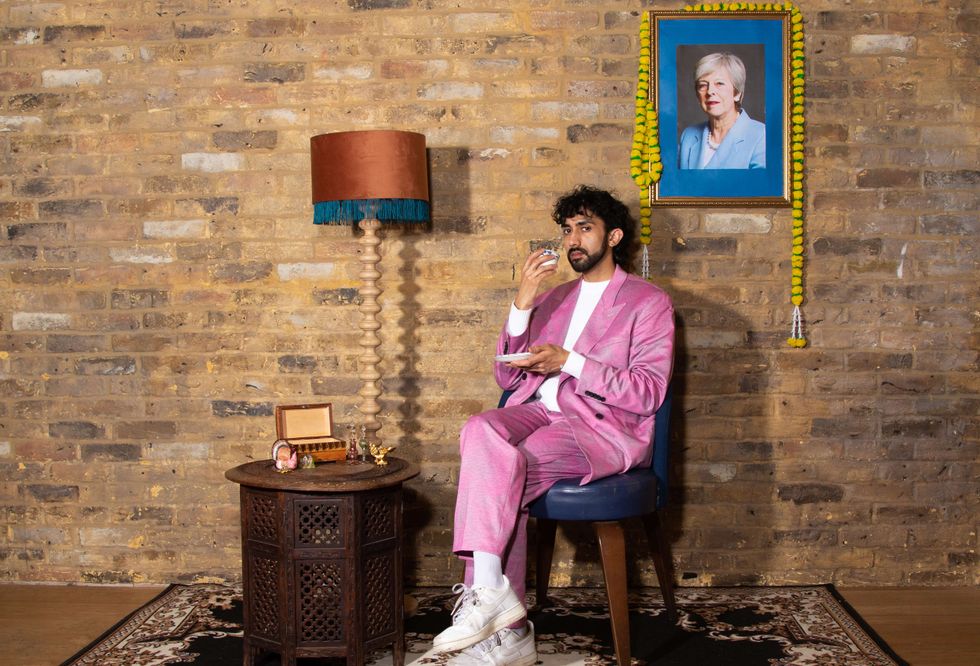THERE have been world-class singers in India across different generations, who have delivered superb songs in diverse languages, but none have ventured into the western mainstream in a meaningful way.
That void and a deep desire to create an international path for Indian singers led to Armaan Malik recording cool commercial songs in English, which includes his recent release You. His stunning fourth single in the language adds to an amazing journey that has turned the talented 26-year-old into a global star, able to effortlessly deliver hits in diverse genres.
Eastern Eye caught up with the talented singer to discuss his inspiring journey, latest song, future hopes, incredible fan base, big passion away from music and why he is now open to acting.
You’ve done an incredible amount at a very young age. Have you had a chance to enjoy your success?
A lot of the amazing things have happened in the last two and a half years. The problem with that is, it has happened in the pandemic, so I haven’t really gotten to celebrate any of those amazing milestones and successes. But I just pray that things go back to normal, and I’ll have one really big celebration, and really enjoy and have fun with all my friends, family and loved ones. And enjoy all that I have achieved so far.
Whether it is language, genre, or style of songs, you are perhaps the most unpredictable singing star in India. Is that a conscious decision?
I just am that kind of person. I don’t like being put into a box. I love experimenting and doing my own thing. With each project, I want people to see that there’s been a growth in my artistry, in the way I am as a person and just see a new side of me with everything, so yeah, it is the person I am. It is a conscious decision to always do something new and different with every passing song and project.
There hasn’t ever been a frontline Indian singer to cross over to English language music the way you have. What made you take that step?
Well, that is precisely the reason I took that step because I’ve not seen any kind of Indian representation on a global level. I’ve always waited for someone from my country to become big. To show and pave the way for us, but that never happened, which is when I took it upon myself to make this happen. I got to break those doors down and make a pathway for Indian artists to go global. It’s my dream to see Indian artists and pop music at a stage similar to the likes of Justin Bieber, Ariana Grande, Lady Gaga and the biggest pop stars in the world. If every country can have their pop icons, why can’t India? That’s the question I keep asking myself every day and work towards making that dream come true.
Your English songs have immediately struck a chord. Have you even surprised yourself with how successful you have become in the English genre, so quickly?
It is very new territory that I’m getting into. I’m just on my fourth song in the English music space, but the kind of traction and love I have received over the past two years, and the momentum this project has picked up has just been phenomenal. I don’t think I’ve seen this much of growth so early in any journey of mine. The Bollywood journey was a really long one before I got my success. Even though people say that I got my success very early because of my age, it did take me a good eight to 10 years to kind of establish myself in India, and the Bollywood music space. In the last two and a half to three years, I’ve been able to create a momentum in my English music project that I don’t think I’ve seen before for myself with any other project.

What inspired your latest English language song You?
Well, You is a song about finding that person – your person and sharing a life with them. A life that you cherish. Everyone in the world has that one person that is their person, who is their ‘you’. The main hook line is, ‘all I do is think about you’. It’s not about an obsessive lover. It’s just about a lover that can’t get their significant other out of their mind. They are just on their mind 24/7! Thinking about them, loving them every second, every minute of the day. Precisely, that is what this song is about. Yes, that’s the emotion behind it.
You are a versatile singer, but would you say you’re happiest singing these
romantic songs?
Yes, I do really connect with these romantic ballads. I feel at home and at ease. It’s something I naturally gravitate towards. It does feel like second nature to me, so yeah, I’m always smiling when I sing a romantic song.
Are you as romantic in real life as you are in your songs?
(Laughs) Oh totally! I’m a crazy romantic guy. You know, I’m just the cheesy romantic. I’m as cheesy as it can get! I love, love, and love the emotion, which is why I probably gravitate towards making love songs. I just think it’s the most beautiful emotion that is there in the world, which is why there are millions of songs written on love. It is the most universal human emotion that there can ever be.
Who would you love to collaborate with in the English language space?
I’m really keen on collaborating with Charlie Puth, Justin Bieber and Anne Marie. These are some of my favourite artists. I would love to collaborate with them and Ed Sheeran as well. I love him! So, these are some of my favourite western artists. I hope that in the future I get opportunities where I can do something with them.
Do the high expectations, which grow with each successful song, ever put any
pressure on you?
More than other people putting expectations on me, I have very big expectations from myself. I dream really, really big! I think that’s something that drives me every day. So 24/7 I work towards making those dreams come true, in whatever form or in whatever way. I’ve never felt pressured by anything or anyone. I just fear the day that I am not able to dream big. I go to bed with such big dreams in my eyes and heart and wake up thinking that ‘okay, this is what I got to do to achieve it’. So, that’s what drives me. That’s what makes my world go round. It doesn’t give me any sort of pressure. Yes, I’m nervous when I do certain big things I never expected I would, but think it’s always good to be a little nervous, because when you’re nervous that means you care.
Talking of ambitions, is acting something you would now consider?
I would definitely consider it now. I wasn’t open to the idea a few years ago, but now I’m definitely open to it. I think I’m much more confident on-screen today, having done so many music videos and been in front of the camera for the last few years, through music videos and songs. Obviously, acting is a different ball game altogether and I must prepare for it before I enter into it. But I am open to the idea and hope there’s a right project for me because I just don’t want to do something half-heartedly for the sake of it. A lot of people have approached me in the past for doing acting and I re-fused it because I feel like I might not be able to give my all. For me, if I’m not able to devote time and give it my all, I don’t want to do anything.
Would you talk a bit about the amazing connection you have with your incredible fan base and how much they mean to you?
Honestly, it’s such a blessing to have the kind of fans I do. The Armaanians are really one of the most supportive fandoms out there. They’ve lifted me up in a lot of dark times and when I felt low. When I probably thought I didn’t have anyone to talk to, they were always there for me. I’ve always said this before that they are my light and guide me. They love me, and that’s all I need to move forward. I think it’s a beautiful relationship I share with them. I’m extremely candid with them. We all behave like friends online and I think that’s beautiful. There’s no distance between the idol and fans. I don’t have that scenario happening with them – it’s just a bunch of people who love music. We just have a mutual love and appreciation for each other. We are a huge family across the world, hanging out on social media, and just having a good time.
If you could master something new, what would it be?
After music, the only thing I’m really passionate about is food. I can make a truly killer breakfast, but I’m yet to kind of like master making a proper dinner or lunch. So, I hope I can pick up those skills and kind of be an amazing cook or chef. If I wasn’t a singer, I would have been a chef for sure.
What does music mean to you today?
Music for me is my soul. For me it has always been my soul. It’s something that is a divine calling. Even if I wanted to do something else, I wouldn’t be able to do it because I have this connection with music that is just unbreakable. It transports me to a very different world when I’m connected to it. So, I would never want to lose that feeling. If I had to describe music, I would say that it’s my soul.







 Vivek Nityananda
Vivek Nityananda  Taraash Mehrotra as Nikhil
Taraash Mehrotra as Nikhil






